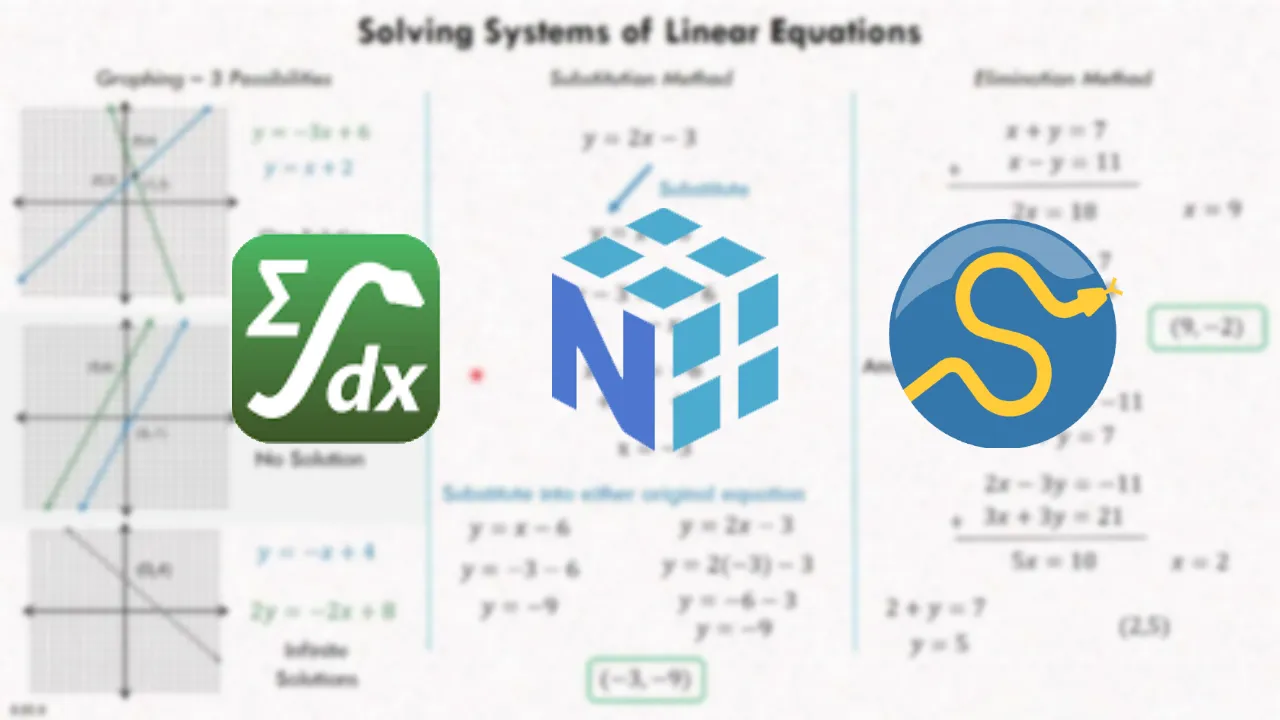Let’s solve linear systems with a Unique solution, No solution or Infinitely many solutions
n linear algebra, a system of linear equations is defined as a collection of two or more linear equations having the same set of variables. All equations in the system are considered simultaneously. Systems of linear equations are used in different sectors such as Manufacturing, Marketing, Business, Transportation, etc.
The solving process of a system of linear equations will become more complicated when the number of equations and variables are increased. The solution must satisfy every equation in the system. In Python, NumPy (Numerical Python), SciPy (Scientific Python) and SymPy (Symbolic Python) libraries can be used to solve systems of linear equations. These libraries use the concept of vectorization which allow them to do matrix computations efficiently by avoiding many for loops.
Not all linear systems have a unique solution. Some of them have no solution or infinitely many solutions.

(Image by author)
We will cover these 3 types of linear systems with NumPy, SciPy and SymPy implementation. The implementation can be done in a few different ways. We’ll also discuss these different ways where necessary. At the end of this article, you’ll be able to solve a linear system (if a unique solution exists) and identify linear systems with no solution or infinitely many solutions with powerful NumPy, SciPy and SymPy libraries.
#python #numpy #algebra #technology #mathematics #how do you use numpy, scipy and sympy to solve systems of linear equations?
